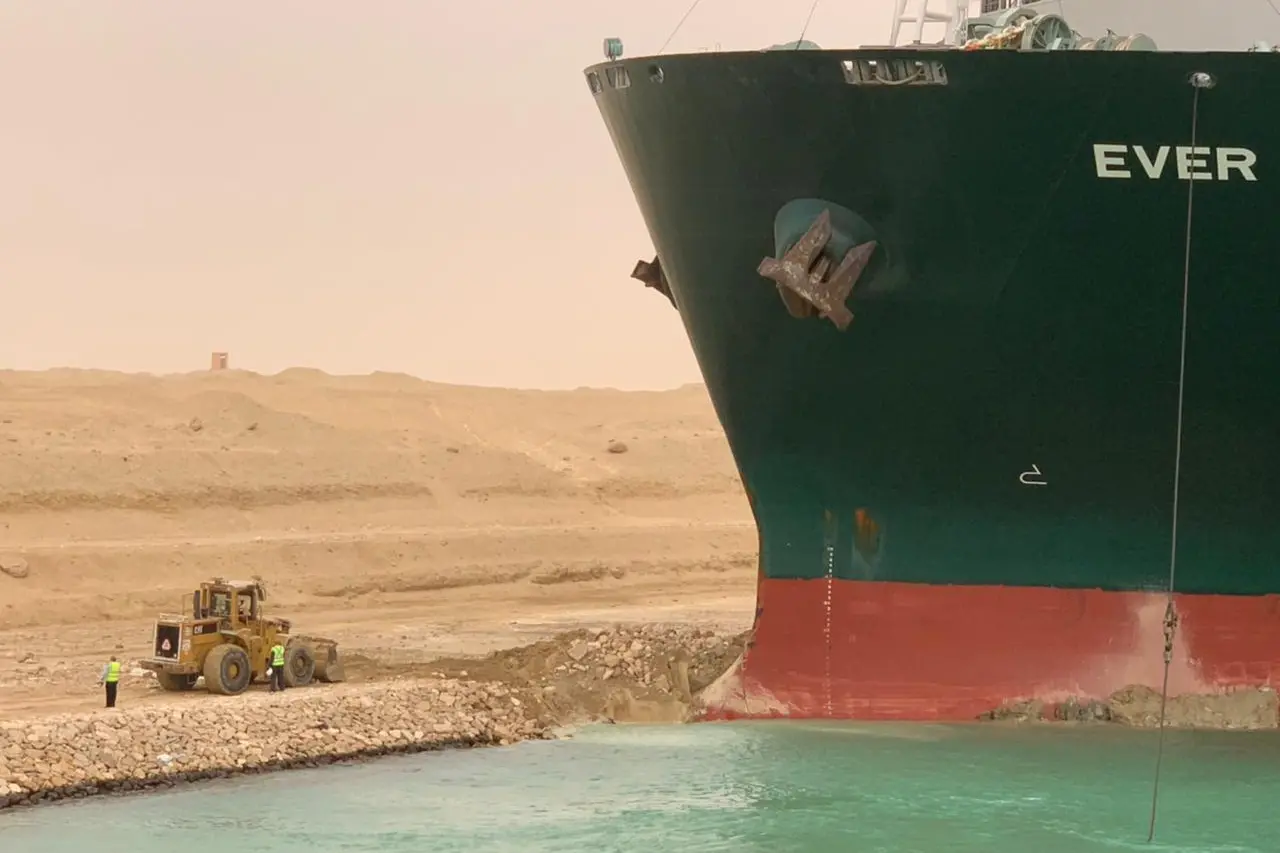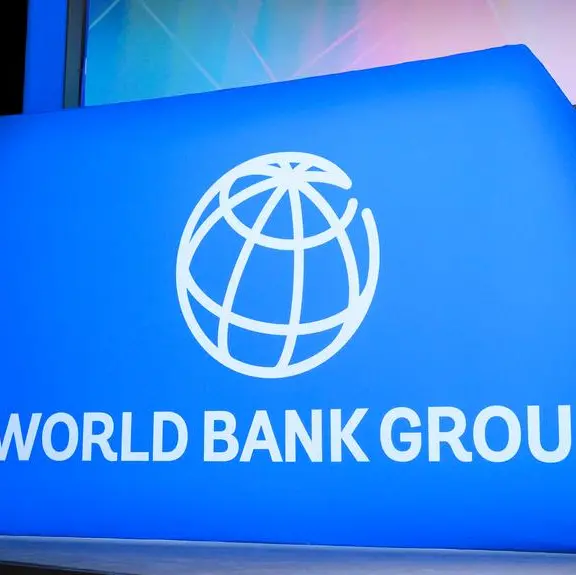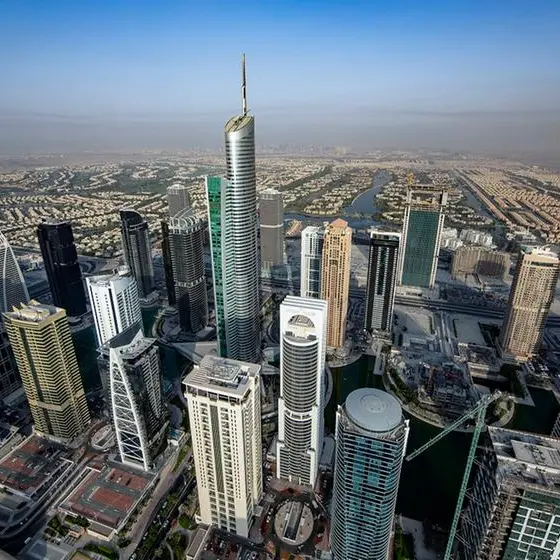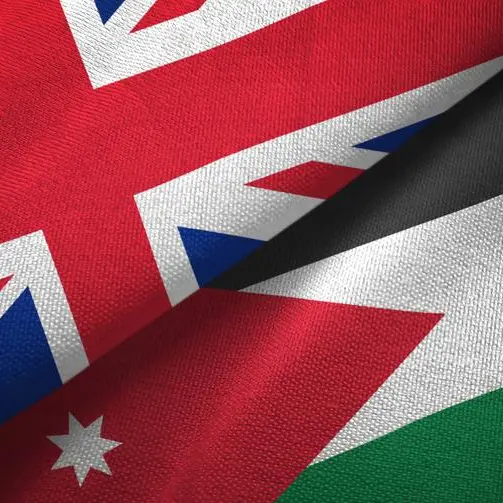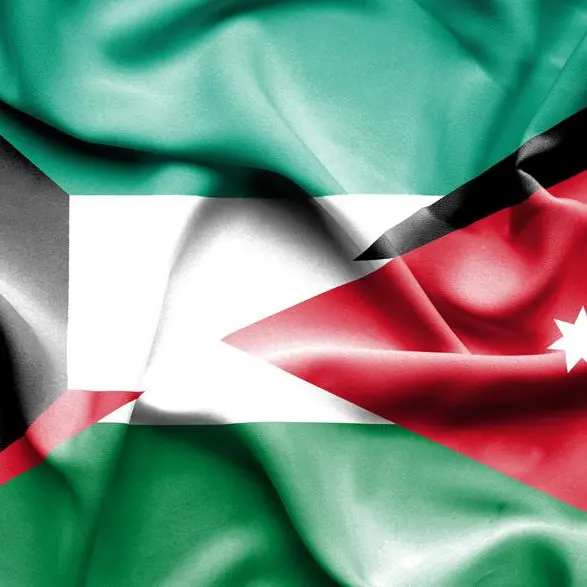PHOTO
The massive blockage of a container ship in Egypt’s Suez Canal could impact global trade and oil prices, experts said.
On Tuesday, a megaship stretching more than 1,300 feet and weighing more than 200,000 tonnes, ran aground in the major waterway.
The incident has caused a tailback of more than 100 ships at each end of the world’s most important trade link. Machines and tugs have already been deployed to dislodge the vessel, but as of Thursday, the ship operated by Taiwanese shipping company Evergreen was still stuck sideways.
According to analysts, the resulting congestion is costly as it can delay the shipment of millions of tonnes of goods and commodities worldwide. Since the blockage, oil prices have already surged on international markets.
Video: Ship blocks Egypt’s Suez Canal: Why it matters to global trade and oil prices
“Suez Canal is one of the world’s busiest waterways and even the slightest delay in traffic can result in congestion and disturb the delivery of goods and commodities on both sides of the Canal,” analysts at S&P Global Platts said.
“It is common for crude, refined products and consumer goods to be carried across the canal. US imports around half a million barrels of crude daily from Saudi Arabia alone – equivalent to around one Aframax cargo – a part of which goes via the Suez Canal.
The artery is vital for global shipping, as it provides a short route for ships to travel between the East and West. About 10 to 12 percent of global trade passes through the waterway.
Traffic
According to Refinitiv shipping research, there were 53 tankers stuck at either side of the canal on Wednesday.
About 27 of these vessels are carrying an estimated 1.9 million metric tonnes of oil cargo, about half of United Kingdom’s monthly crude consumption.
“We’ve never seen anything like this before but it’s likely that resulting congestion will take several days to weeks to clear as it is expected to have a ripple on the other convoys, schedules and global markets – given the vital importance of the waterway,” said Ranjith Raja, head of MENA oil and shipping research at Refinitiv.
“The benchmark crude prices have already shown a strong upswing on the back of this incident which has closed canal movement for more than a day. Prices have surged by five percent since market opening [on Wednesday].”
The Suez Canal is important to the Gulf region, especially Saudi Arabia, UAE and Kuwait, which rely on the waterway to export their crude to the United States and Europe, said Raghu Mandagolathur, CEO of Marmore Mena Intelligence, a research subsidiary of Kuwait Financial Centre (Markaz).
"Billions worth of commodities, crude and goods pass through it... If the blockade is cleared within a day, the implications could be minimal. However, if the situation persists for five days or more, the ramifications could be massive," Mandagolathur told Zawya.
"Concerns of idling ships becoming targets for attacks are already on the rise. Re-routing cargoes through Cape of Good Hope would result in increased time, approximately ten days, and the additional costs could be passed to consumers."
How it happened
Raja said the giant vessel was traversing the canal some 45 minutes before it ran aground. It was moving at 12.8 knots, or about 24 kilometres per hour, just before the crash.
“Typically, a pilot from Egypt’s canal authority would board a ship to guid it through the canal, but the ship’s captain retains ultimate authority for navigation,” he said.
The vessel was reportedly on its way to the Mediterranean and was bound for Rotterdam in the Netherlands.
It was not immediately clear how the mega vessel became stuck, but authorities were quoted as saying that high winds and sandstorm in the area might have played a part.
(Reporting by Cleofe Maceda; editing by Seban Scaria)
Disclaimer: This article is provided for informational purposes only. The content does not provide tax, legal or investment advice or opinion regarding the suitability, value or profitability of any particular security, portfolio or investment strategy. Read our full disclaimer policy here.
© ZAWYA 2021
